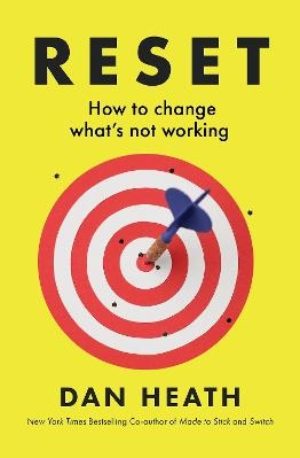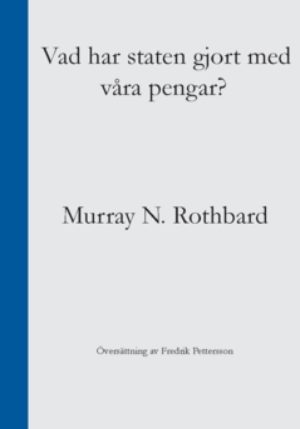Organizations, once established, tend not to change, typically going obsolete
as society continues to evolve. This makes adaptability an important
issue.
Organizational members must make sense to each other, or coordination
suffers. They must also make sense to environmental actors, or the organization
will not achieve the support it needs to survive. This sense-making
is a process of institutionalization, of constructing a shared understanding
of the organization's enterprise, business and environment. When environmental
actors adopt new priorities, ideas and modes of thinking, organizations
must develop a new understanding of reality or go obsolete. To stay
adaptable, organizations needs to contain competing perspectives. But the
pressures to conform and to coordinate make it difficult for established
organizations to adapt, trapped by the very benefits of increased efficiency.
Using an agent-based model of organizational institutionalization, I show
that an organization's adaptability is highly dependent on structural elements
that affect the member interaction frequencies, and that organizations
that leverage the strength of weak ties between member groups can
maintain adaptability. The effects of changes to any of these elements are
decidedly non-linear, however, which helps explain why it is difficult to
design effective organizations.
Organizational structure is one part of a tri-partite framework of institutional
development in organizations and of organizational adaptability,
where the other two parts are the individual characteristics of the members
and the content of the organizational culture.







